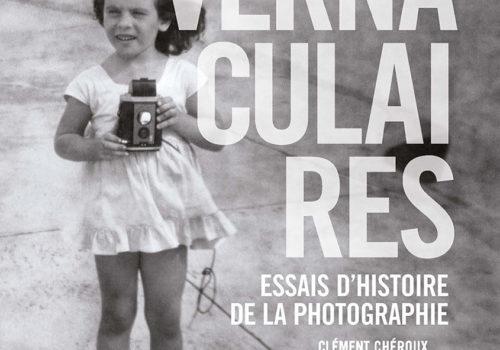What is common between a photographer who tries to capture ghosts, an experimenter who tries to record his thoughts by placing a sensitive plate on his forehead, a fairground operator, a magician in a darkroom, happy amateurs, some hunters of reflections and anonymous producers of enigmatic images? Nothing, except their belonging to this vast photographic category still insufficiently studied by historians of the medium: the vernacular.
Vernacular photography is most often applied or functional, that is to say utilitarian. The family is one of its main places of production or circulation, it is therefore also domestic. But above all, it lies outside of what has been deemed most worthy of interest by the main authorities of cultural legitimization. It develops on the periphery of what references, counts and weighs in the artistic sphere. It is the other side of art. Clément Chéroux returns in this work to some of these forgotten vernacular practices which become so many opportunities to question photography.
Historian of photography and doctor in art history, Clément Chéroux is director of the Henri Cartier-Bresson Foundation in Paris. He has published, as author or editor, around fifty books including, at Point du Jour: Diplopia. The photographic image in the era of globalized media: an essay on September 11, 2001 and, with Quentin Bajac and Philippe-Alain Michaud, Brancusi, film, photography. Endless images.
Published with the support of the Centre national du livre.
Clément Chéroux : Vernaculaires
Revised and expanded edition
Le Point du Jour
15 × 22 cm
77 photographs and documents
192 pages
24 euros
www.lepointdujour.eu
















